Helpless NATO ships
Subsonic small anti-ship missiles have proven their superiority over supersonic missiles.
The lower speed was not a guarantee of easy interception by air defense systems. "Harpoons" and "Exocets" stealthily approached the target at low altitudes. As of the 1990s, in the United States alone, the Harpoon anti-ship missile could be used by 200 surface ships, 65% of the fleet and nearly 800 naval aircraft aviation... And in total, the rocket was put into service in three dozen countries. Compact size and versatile appearance made it possible to hold such weapon always ready.
The Russian Navy has embarked on a dark path to create supersonic "flying poles". Whose outstanding characteristics were supposed to compensate for the lag in naval aviation. The most advanced anti-ship missiles created at the end of the Soviet era (example ZM55 "Onyx") were already an example of the desire for compactness and unification in terms of carriers. As far as the dimensions of the 8-meter missiles allowed.
The anti-ship arms race did not have time to enter its hot phase.
It was replaced by decades of complete lull. In memory of those events, only two concepts from irreconcilable rivals remained.
Lofty and loud words about the superiority of Western weapons concealed a double bottom.
In this stories there will be many more sharp turns.
As of 2021, the rivalry between subsonic and supersonic anti-ship missiles is completely over. The reason for this was ... No, not parting with the last examples of the Soviet past. The projects and technologies of that period still form the basis of the navy's armaments. Our adversary was to blame for this situation.
Harpoon rocket quietly and unnoticed disappeared from arsenals
Since 2000, all destroyers built overseas (and this is more than 40 1st rank pennants) entered service without anti-ship weapons. The submarine fleet was disarmed even earlier. The UGM-84 submarine-launched version of the Harpoon missile was decommissioned in 1997. And since then nothing new has appeared.
As time goes on, trends persist.
The 70th destroyer Delbert Black (commissioned in 2020), like its predecessors, does not have anti-ship weapons. Neither subsonic, nor supersonic, none. The destroyer's offensive potential is directed exclusively against the coast.
What will be the actions of EM "Arleigh Burke" in a situation with a surface threat?
What can his crew hope for?
Hope dies last. And all hopes are associated with "dual-use" weapons - long-range anti-aircraft missiles with active guidance heads. That allows you to attack surface targets at distances comparable to the effective use of anti-ship missiles. No need for radar illumination of the destroyer.
Of course, in practice, everything is not so rosy.
For example, anti-aircraft missiles, which make it possible to partially compensate for the lack of traditional anti-ship missiles, appeared in noticeable quantities only in the past decade. Before over a decade and a half the US surface fleet appeared completely helpless.
What is the attitude of the faithful friends and allies of the Americans to this situation?
The British Navy has officially announced its intention to say goodbye to the "Harpoons" in 2018, without specifying a specific date for the appearance of a replacement.
The Royal Navy has boldly stepped into the future without anti-ship weapons. At the same time, the Aster-family SAMs used by the British Navy are even less adapted for firing at ships. Strictly speaking, they are not adapted at all. As evidenced by the graceful silhouette, compactness and size of the warheads of these missiles.
The creators of "Aster" made an effective missile defense system for the shipborne air defense / missile defense system. They did not suffer from fantasies about hyper-universality. No one in their right mind will shoot missiles with 15 kg warheads at ships.
For these reasons, EM "Defender", which penetrated into the Russian territorial waters, was unable to pose a threat to the ships of the Black Sea Fleet (events of the summer of 2021).
The navies of other European states are trying to follow the example of the Anglo-Saxons. Over the past half century, no fundamentally new samples of anti-ship missiles have been created. And the number of weapons for this purpose deployed on ships is being reduced.
Small-sized subsonic anti-ship missiles have proven their advantages
Therefore, at the beginning of the century, the US Navy, in cooperation with Lockheed Martin, developed the BGM-178 RATTLRS (Revolutionary Approach To Time-critical Long Range Strike) anti-ship missile.
The RATTLRS, with a flight speed of Mach 3+ and a range of 500 km, was a clear confirmation that high speed does not matter. RCC requires stealth, stealth, and artificial intelligence in the first place.
The sharp plot twists must have tired the reader. Therefore - in plain text.
The observed facts show that our partners are seriously interested in long-range supersonic anti-ship missiles. Outwardly so similar to the "flying pillars" and "Chelomey monsters" of the Soviet era.
This weapon has a set of essential qualities. Speed - less flight time. Time is everything. Long range allows you not to expose the carrier to retaliation.
Targeting was not a "weak link" here. The navy of the said country has a sufficient number of "eyes" capable of providing an overview along the course of the IBM, around and ahead for hundreds of miles. In such a situation, the opportunity to hit first is extremely tempting. Without wasting time and not placing hopes only on aviation.
All the necessary technologies were available to create the RATTLRS. Including the most important thing is the engine. It is based on the Allison J102 used in supersonic targets imitating the Russian Onyx and Mosquitoes.
Familiar from some of the comments of the condescending tone and excuse of the enemy's failure?
Let's give an honest assessment.
Observing the creak of the development of subsonic missiles, the RATTLRS-level ammunition would have been accepted into service only by the middle of the century.
No RATTLRS appeared on the destroyers. As well as there are no subsonic missiles left. The project repeated the fate of the supersonic version of the LRASM.
But the fact remains. Overseas are interested! They understand what capabilities such a weapon has.
Here flashed the mention of a rocket with the ear-pleasing designation LRASM. So her time has come.
And there were so many promises and hopes!
Terrible AGM-158C Long Range Anti-Ship Missile. At first glance, it is not clear why this aircraft missile is in the topic about the armament of ships. However, there are grounds for this.
The history of LRASM began about fifteen years ago with a proposal to create a single universal anti-ship missile system. With the possibility of launching it from the destroyers' UVP and using it by aircraft carriers. The combat debut took place in the sensational cartoon from the Lockheed Martin company, in which the rocket effectively sunk a ship similar in outline to the Moskva RCR.
Terrible things were said about the rocket. Stealthy, smart, with a variety of attack algorithms. Capable of penetrating harbors, flying along the coast or over land, and approaching targets from unexpected directions. True, such maneuvers will take forever. The version adopted for service has a subsonic flight speed.
LRASM knows what ships of different classes look like and is able to accurately identify the main target. How this will work in practice - no one knows. Only in theory, based on the statements of the developers. The only thing that is beyond doubt is a powerful warhead weighing 450 kg.
And here's a strange moment: in all advertising cartoons, LRASM is airborne.
Where are the ships in this story?
In 2013, LRASM was launched from a stand simulating the MK.41 unit. Then they fired a couple more times. The problem was the danger of damaging the plastic hull of the stealth missile as it exited the silo. It seems that they have learned to deal with this phenomenon. Not a single missile was destroyed.
But, as it turned out, the main danger awaited developers from another direction. They stopped giving them money.
The "rough" appearance of the product indicated that the financing of this direction was carried out on a leftover basis. The prototype with the accelerator from the ASROC anti-submarine missile was supposed to remind the customer that the launch from the UVP was possible. But, apparently, the customer has lost all interest. The missile production contract signed in 2021 was signed in the interests of the air force and naval aviation.
Ships won't see such weapons. Not now, not in the foreseeable future.
The ships got something different!
When discussing NATO fleets, the discussion inevitably concerns the Norwegian Kongsberg Naval Strike Missile (NSM).
The NSM concept does not fundamentally differ from other small-sized subsonic missiles. The widespread use of composites in the construction and a decrease in the starting mass to 400 kg are not in themselves evidence of an increase in combat qualities. The fighting qualities are affected by the reduction in the mass of the warhead, which is two times weaker than the warhead of the "Harpoon"!
The main interest is associated with the "brains" of a modern rocket.
Here the story repeats with obstacle avoidance, target selection and increased efficiency in the conditions of a rugged coastline, including in skerries and fjords. This is especially true for the Norwegian Navy.
As one reader has noted, the navy is not built to hide in skerries. According to the rules of military science, the skerries are blocked at distant approaches, and the fleet locked there begins to bring inconvenience to its owners.
The US Navy does not plan to behave in this way, therefore NSM launch containers are installed only on littoral ships (LCS). They also promise to appear on promising frigates (again news in the future tense).
The littorals eventually got the opportunity to shoot at the surface enemy. The ships of the far sea zone were again left with nothing. It was simply a shame to equip 10000-ton destroyers with such missiles.
At this point, the imperial march should start, and the Tomahawk CD will flash in the air.
Why is the "Battle Ax" dangerous on the high seas?
At the present time, nothing.
The most that the existing versions of the rocket are capable of is to whistle over the mast of the ship. The only modification for attacking surface targets BGM-109B TASM was removed from service back in 1994.
For its time, TASM was an interesting development. Combining a long range with a low-altitude flight profile. By the time the subsonic CD arrived at the aiming point, the target itself was usually in a different place. Out of sight of the radar seeker. The embarrassing situation was resolved by the pseudo-intellectual behavior of the rocket, the Tomahawk circled over the probable area of the target, conducting a search with a "snake" ...
However, now it does not matter. In the XNUMXst century, not a single modification of the Tomahawk appeared to combat ships.
As a naval weapon, the Ax categorically dislikes water. Its high-precision systems do not operate over a flawlessly uniform sea surface. Having got out of the UVP cell, the cruise missile immediately turns to the coast, keeping a course according to GPS and gyroscopes.
According to many who participated in the discussion of the last article, the most recent version of the "Tomahawk V" has significant potential for dealing with surface targets.
An overly bold statement.
A certain mysterious modification "Block Va", which, in the terms of the developer, "has not yet been presented", can hit the moving ships.
The opportunity to draw conclusions is left to the readers themselves.
The rest of the time is worth spending on discussing the only missile capable of attacking surface targets, which is present in the ammunition load of the Arlie Burke destroyers.
Anti-aircraft missile RIM-174 ERAM or "Standard-6"
In the general case, without reference to a specific situation and the exact characteristics of the complexes, firing missiles at ships has one advantage and three key disadvantages.
The advantage lies in the shorter reaction time of the anti-aircraft complexes. Which is of particular importance when shooting at short distances. On an unexpectedly revealed enemy.
On the other hand, a surprise awaits those wishing to shoot at the ships. Most anti-aircraft missiles will not be able to hit a surface target. Their proximity fuses are tuned to target sizes that are very different from those of ships. When approaching the ship and the surface of the water, the warhead will prematurely detonate.
When the detonator is "roughened" in the "sea target" mode, it will still be difficult to hit the enemy.
The proximity fuse will detonate at some distance from the target. Given the many times less power of the missile defense warheads, compared to traditional anti-ship missiles, such an external effect will not be able to disable the ship.
This technical problem must be solved even at the stage of creating a rocket. Therefore, "Standard-6" is equipped with contact and proximity fuses. A very rare combination for the class of anti-aircraft missiles, from which direct hits are usually not required.
The remaining two problems have no solutions.
Launched along a high-altitude trajectory, the missile defense system has no chance of remaining unnoticed. Using an American rocket as an example, its flight to the maximum range (370 km) should take at least five minutes. That gives the enemy enough time to have time to play a combat alert, shoot all traps and activate electronic warfare. For a low-power missile homing head, this will be of particular importance.
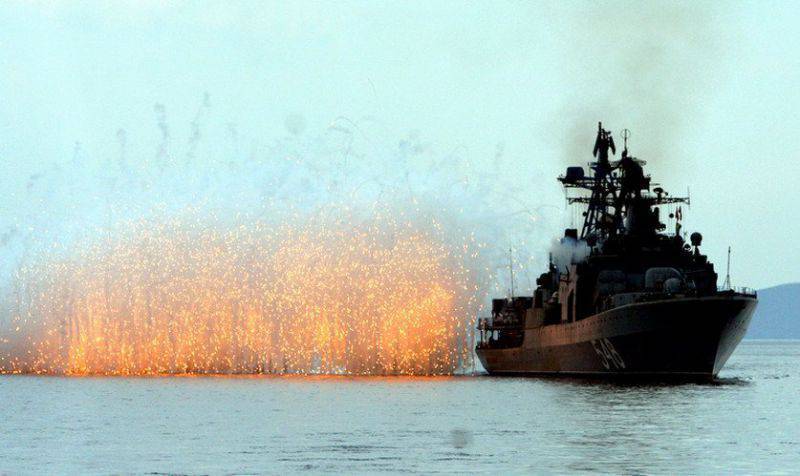
BOD "Admiral Panteleev" puts the veil
"Standard-6" weighs one and a half tons, but the bulk of the rocket (fuel) burns out in the first seconds after launch. Only an empty shell and a 64-kg warhead reach the target. That is enough to intercept air targets, but the use of such missiles against ships looks absurd. The warhead is almost three times inferior in weight to the "Exoset" warhead, one of the weakest anti-ship missiles in terms of this indicator.
The speed of the rocket itself (3,5 M) in matters of damage is of little importance. The entire amount of damage is inflicted by the missile warhead. If the warhead fuse fails for any reason, the following will happen.
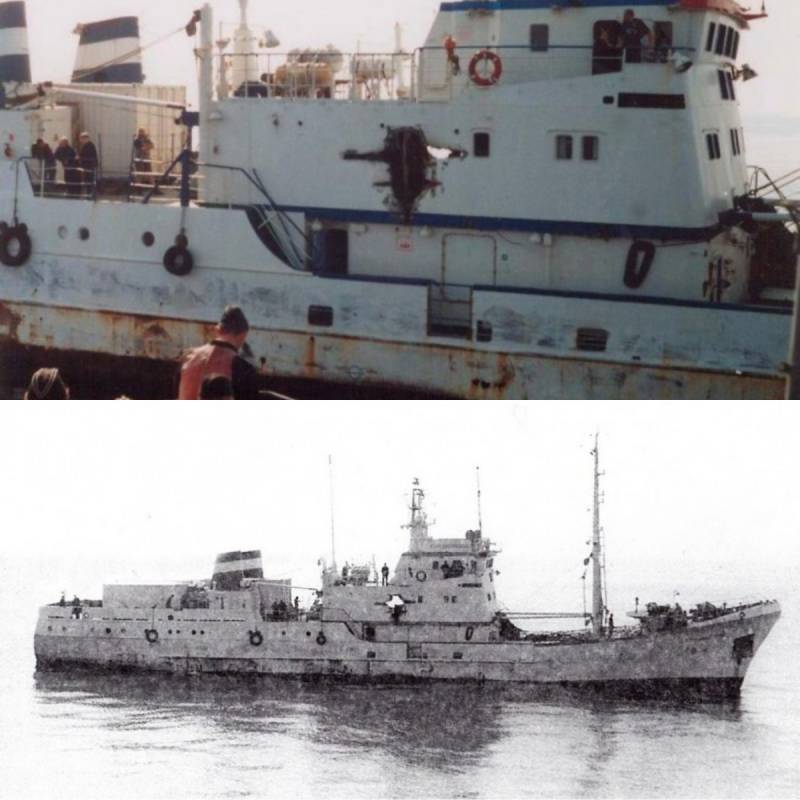
Incident with a Ukrainian vessel (2000), which, ignoring all warnings, entered the Black Sea Fleet exercise zone.
The former trawler "Vereshchagino" had a length of 50 m and a gross tonnage of 750 tons. The rocket of the coastal complex "Redut" rushed at a speed of 1,8 M, had a length of 9 meters and was equipped with an inert warhead weighing a little more than half a ton. Fortunately, there were no casualties, the ship independently returned to the port.
If it hits the side and light superstructure, the rocket will pierce them through and rush off into the blue distance. Taking all the kinetic energy with you. Or pierced from top to bottom, to the very bottom! Given the presence of twenty watertight compartments in a modern frigate, this situation does not mean anything.
In theory, if you drive a "plastic" missile defense system into the side of a mid-twentieth century cruiser, then most of the kinetic energy will be spent on the destruction and vaporization of the rocket itself.
Anti-ship missiles do not rely on stored kinetic energy. They rely on the detonation of their own warheads! Anti-aircraft ammunition in such conditions has nothing to rely on.
The sinking of the frigate USS Reuben James after it was hit by a Standard-6 missile is not an argument in favor of the effectiveness of the missile defense system as an anti-ship weapon. The sinking of the frigate had much more significant reasons.
If you sum up all that has been said, then firing anti-aircraft missiles at ships is not an idea so-so. Only suitable against Iranian boats.
Conclusion
The absence of anti-ship weapons on the ships of the far sea zone has no rational explanation. This situation is only beneficial to the Russian Navy.
But I would like to discuss and understand its reasons.
According to many experts, the explanation is the difference in the concept of the use of naval forces. Abroad, the main striking force is considered to be aviation, which has been given the most modern means to combat surface ships (anti-surface warfare, ASuW). The situation is clear.
But there are five contradictory points here.
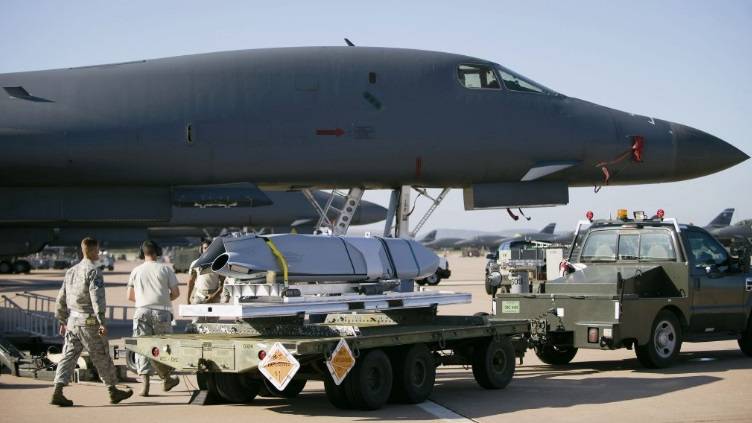
1. Aviation cannot constantly and continuously accompany ships. This is quite obvious. Planes from which aircraft carrier (or airbase) covered the Defender and Donald Cook during the voyages of these ships in the Black Sea?
2. The Yankees themselves have repeatedly and successfully used anti-ship missiles from surface carriers in combat conditions. In various local conflicts. What has changed now if they deny their own combat experience?
3. Small-sized anti-ship missiles "Harpoon" occupied the smallest line in the estimate for the construction of Aegis destroyers. Is the reason - meaningless "saving on matches"?
4. In connection with the "growing Chinese threat" calls are constantly being made for the need to increase the number of naval personnel. Where is the logic here? Why compete with the Chinese Navy in the number of pennants, if American ships do not care not adapted to fight a surface enemy... In such a reality, it is necessary to build not ships, but Lancer bombers with LRASM missiles.
5. Modern experience of the South Korean Navy. In the summer of 2021, the South Korean Navy presented footage of the testing of a "supersonic" anti-ship missile, which looks very much like the Onyx missile. This once again testifies to the fact that where the threat of a heated confrontation at sea persists, a completely different weapon is being created. Unlike light anti-ship missiles of European fleets. Not to American tales about the omnipotent aviation.
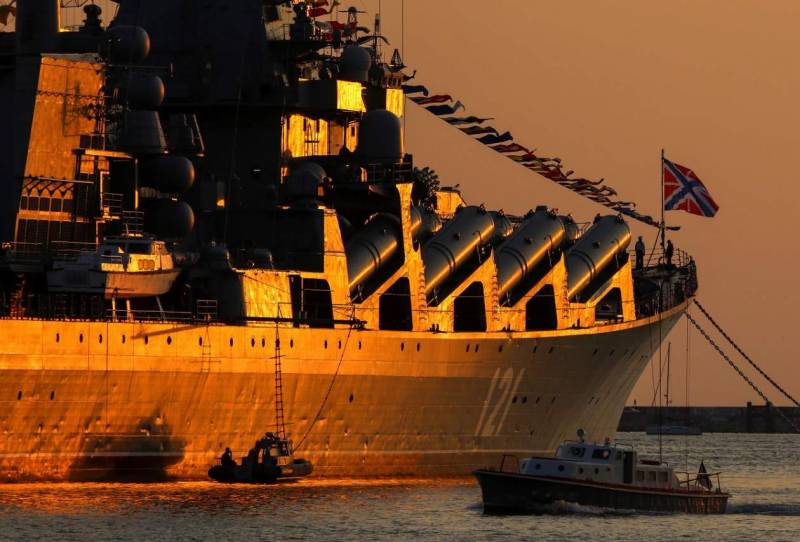
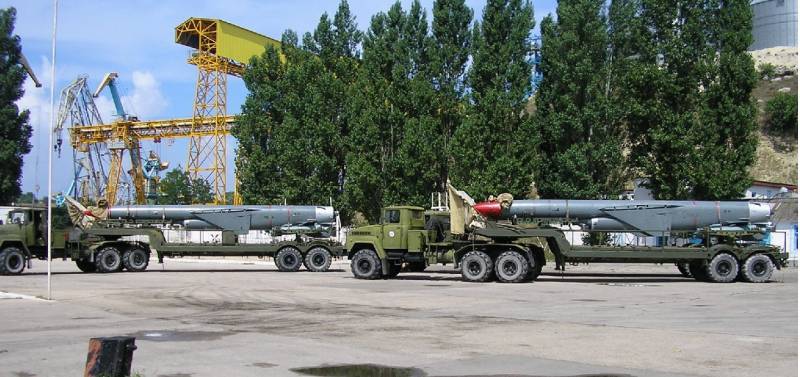
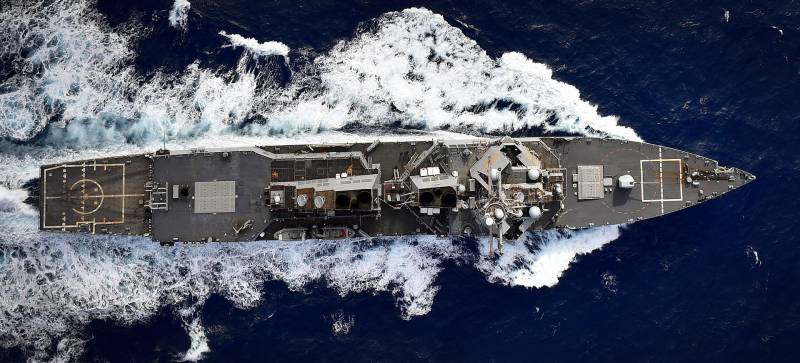
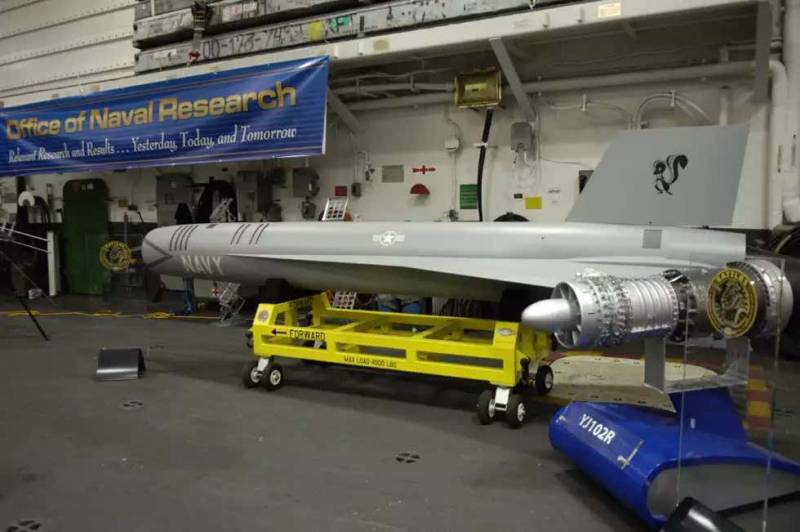
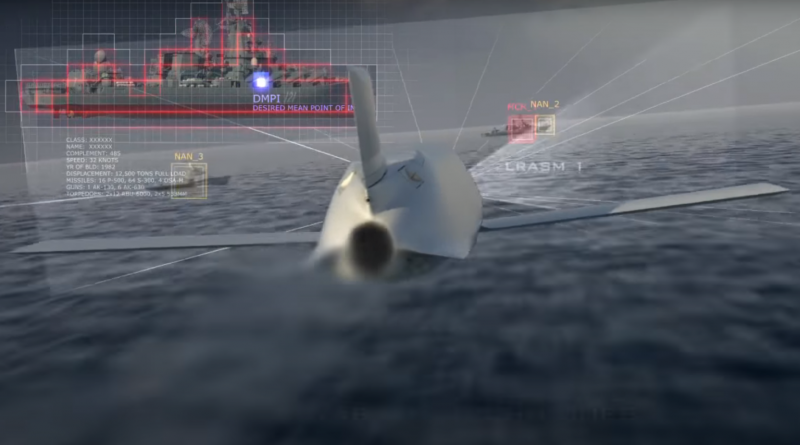
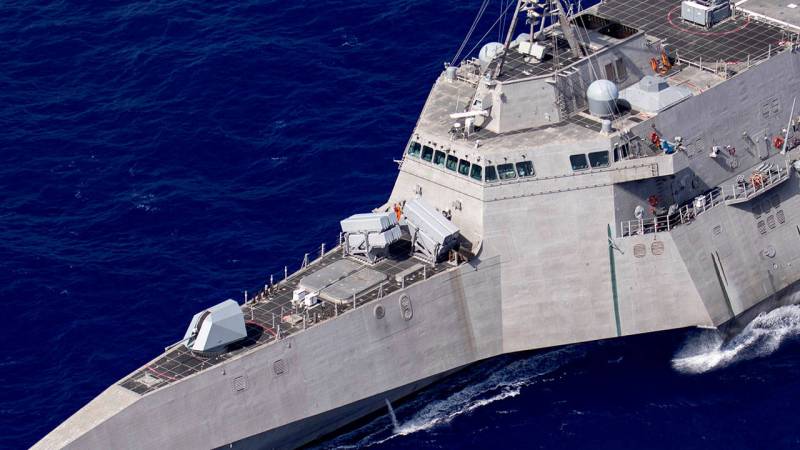
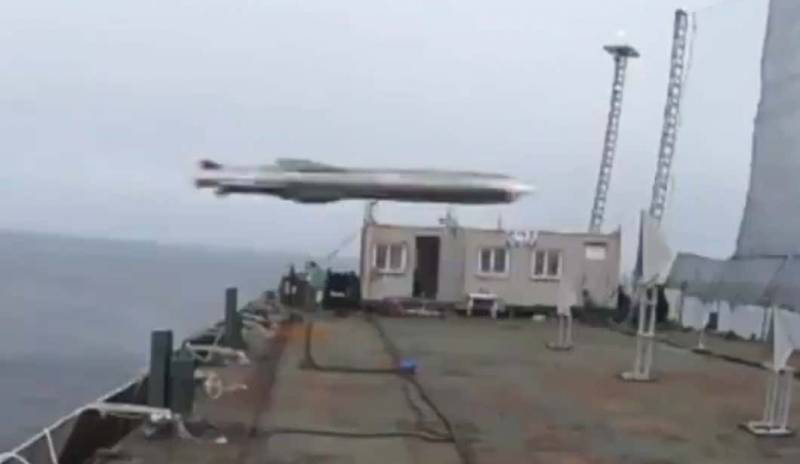
Information